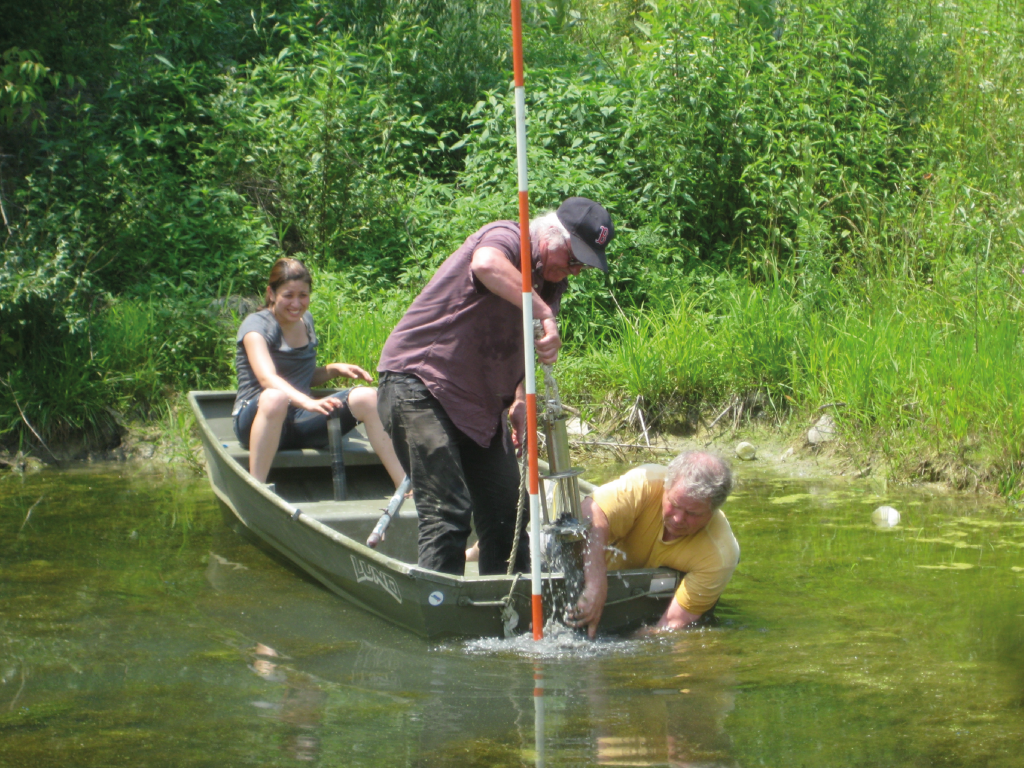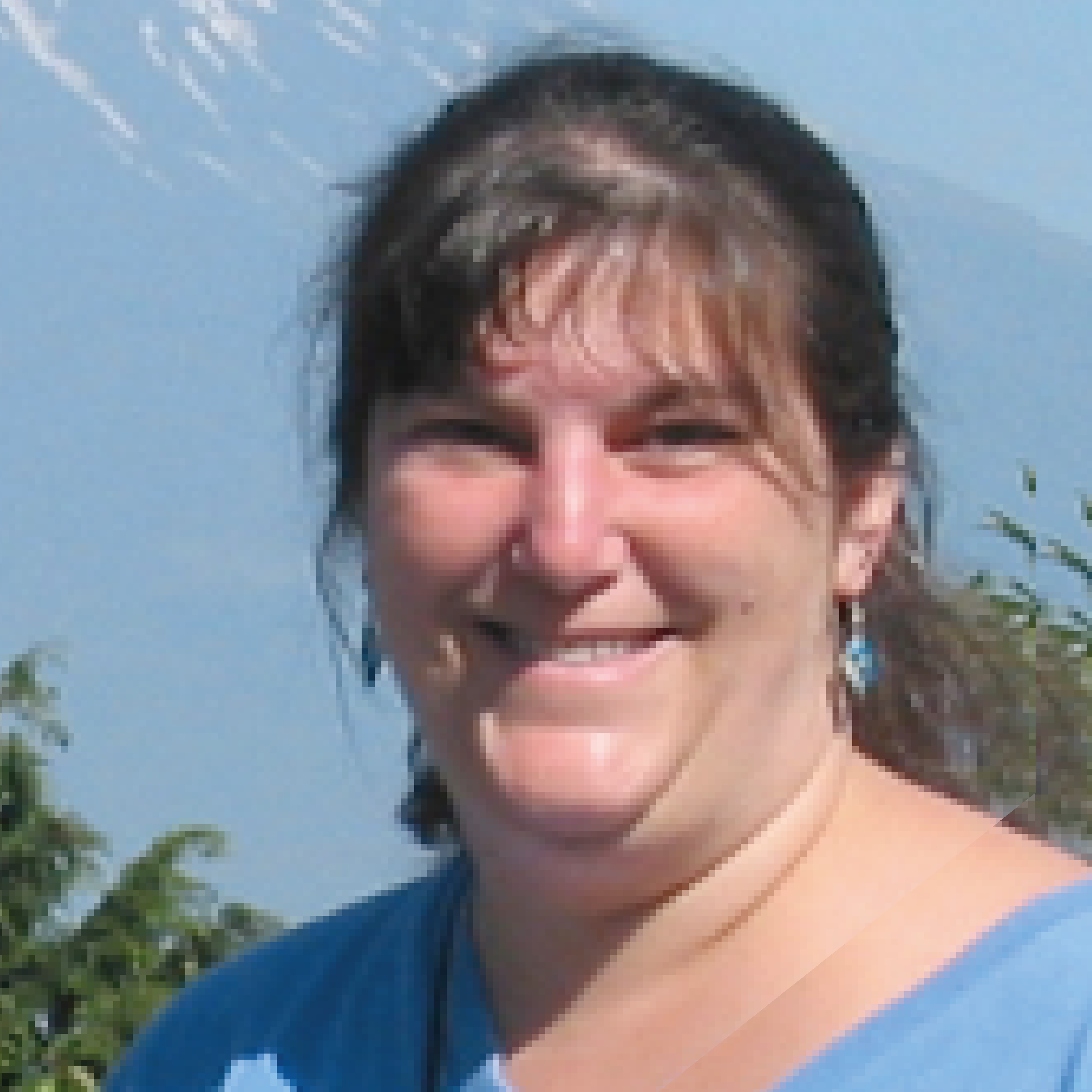Our research group has been investigating uranium concentrations and isotope ratios in a variety of biomonitors (tree bark, lichen and tree rings) and pond sediment to establish their utility as archives of past uranium releases to the environment for purposes of environmental remediation and nuclear forensics. Our studies have focused on the area of the former Fernald Feed Materials Production Center in SW Ohio, for which there are historical records estimating releases to the environment of 90-450 Mg of uranium during its years of operation (1951-1989). Our results demonstrate that tree bark and lichen retain signatures of past atmospheric dispersal of uranium including DU and EU, and that they are ideal archives for mapping the aerial extent and locating the source of uranium contamination. Our studies have further demonstrated that pond sediment can retain a temporal record of uranium contamination, and that variations in isotopic ratios (235U/238U, 236U/238U and 234U/238U) record changes through time from emission of DU to EU. The presence of measureable 236U in the biomonitors and sediment serves as a particularly sensitive tracer of non-natural uranium even when 235U/238U ratios are within measurement error of natural values, thus 236U/238U measurements are key for forensic applications.
YACHAY TECH SCHEDULE

Uranium Isotopes in Environmental Materials: Applications to Environmental Contamination and Nuclear Forensics

Elisabeth Widom, Ph.D.
Our research group has been investigating uranium concentrations and isotope ratios in a variety of biomonitors (tree bark, lichen and tree rings) and pond sediment to establish their utility as archives of past uranium releases to the environment for purposes of environmental remediation and nuclear forensics. Our studies have focused on the area of the former Fernald Feed Materials Production Center in SW Ohio, for which there are historical records estimating releases to the environment of 90-450 Mg of uranium during its years of operation (1951-1989). Our results demonstrate that tree bark and lichen retain signatures of past atmospheric dispersal of uranium including DU and EU, and that they are ideal archives for mapping the aerial extent and locating the source of uranium contamination. Our studies have further demonstrated that pond sediment can retain a temporal record of uranium contamination, and that variations in isotopic ratios (235U/238U, 236U/238U and 234U/238U) record changes through time from emission of DU to EU. The presence of measureable 236U in the biomonitors and sediment serves as a particularly sensitive tracer of non-natural uranium even when 235U/238U ratios are within measurement error of natural values, thus 236U/238U measurements are key for forensic applications.